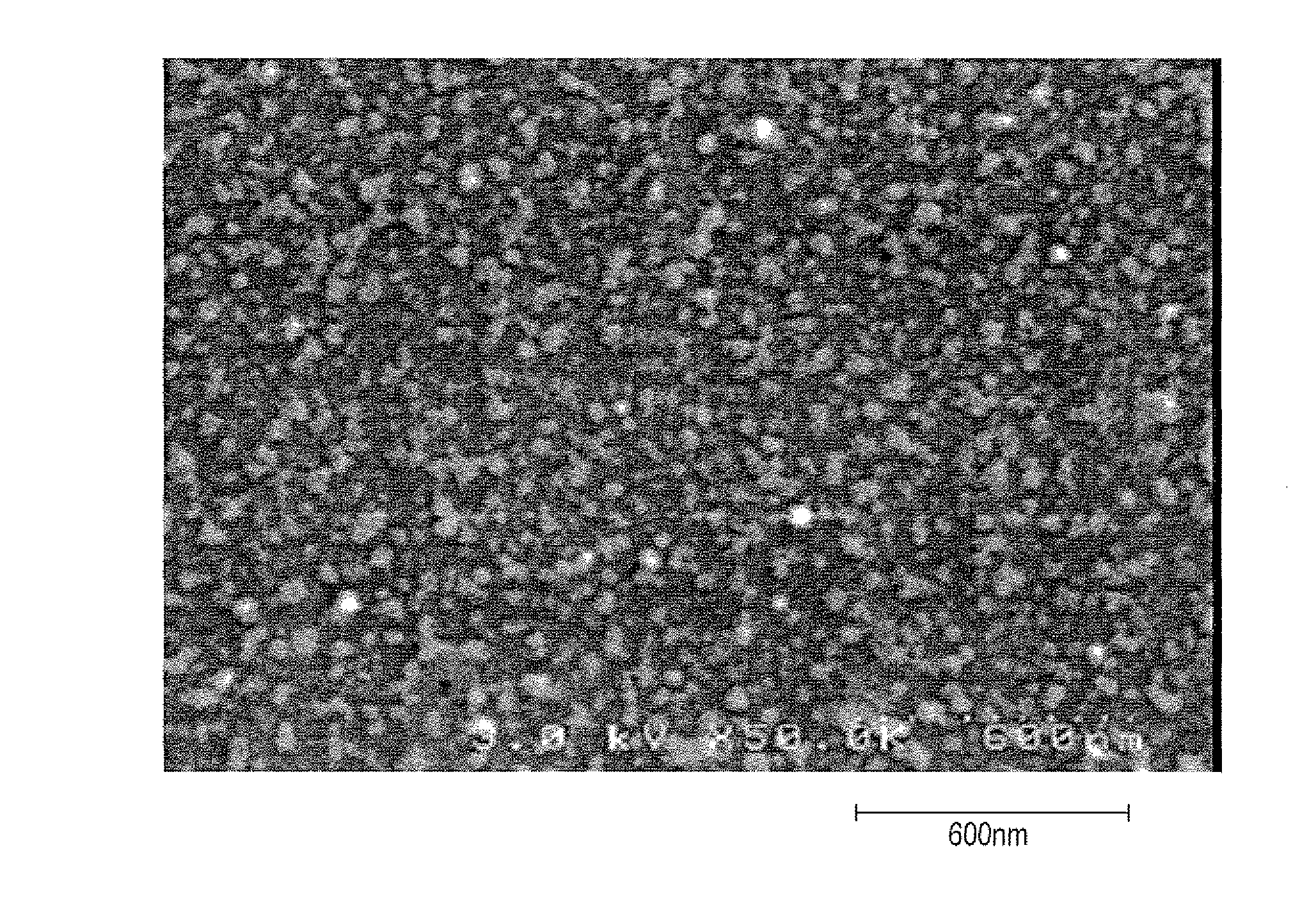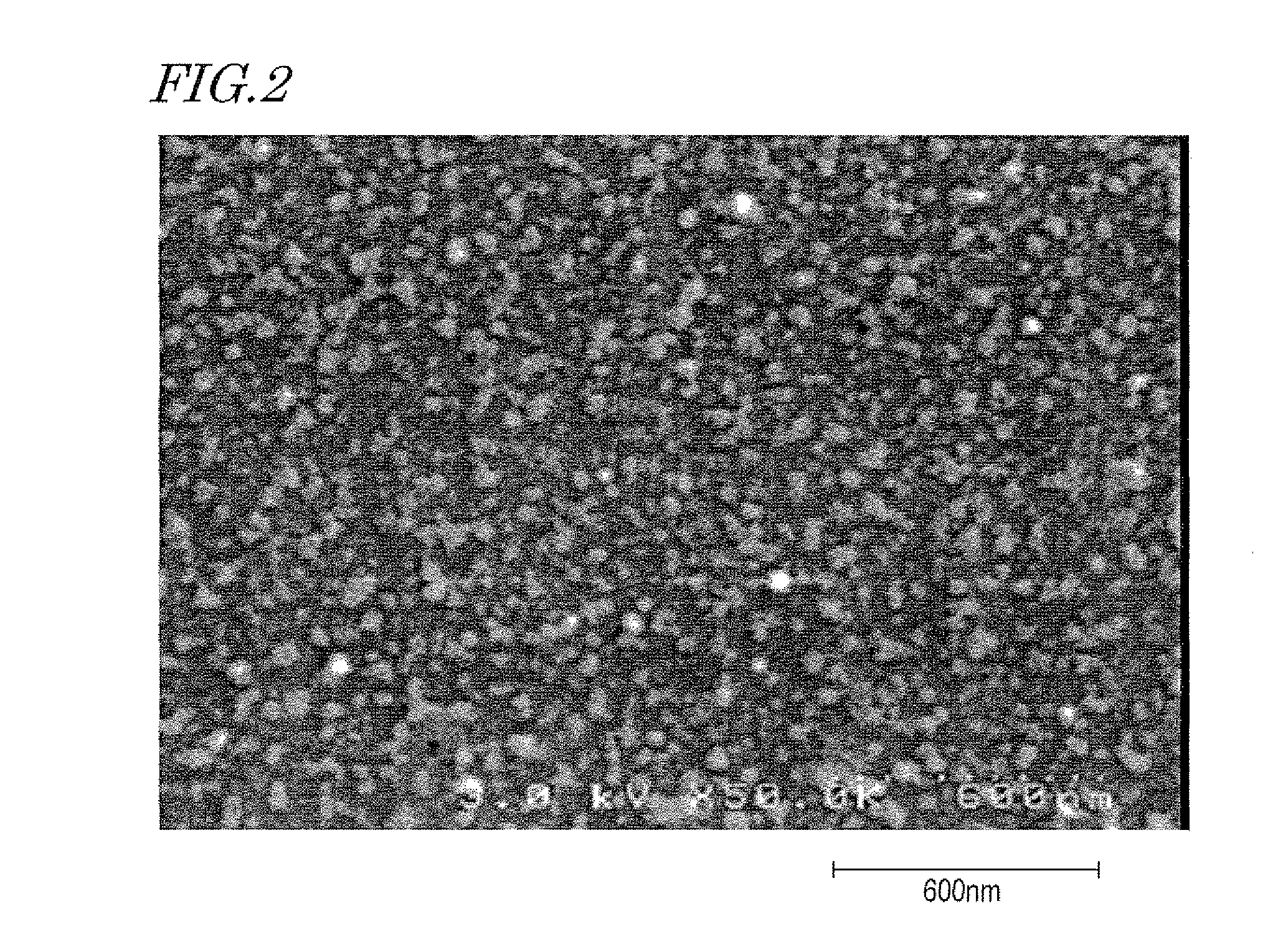Liquid crystal display device
a liquid crystal display and display device technology, applied in non-linear optics, instruments, optics, etc., can solve the problems of inability to form the above-described slit, the above-described mva mode is not suitable for small pixels, and the transmittance (luminance) greatly deteriorate, so as to achieve stable alignment of liquid crystal molecules, the effect of contrast ratio and viewing angle characteristics
- Summary
- Abstract
- Description
- Claims
- Application Information
AI Technical Summary
Benefits of technology
Problems solved by technology
Method used
Image
Examples
Embodiment Construction
[0052]Hereinafter, a structure and operation of a liquid crystal display device of an embodiment of the present invention are described with reference to the drawings. Note that the present invention is not limited to the embodiment described below.
[0053]FIG. 1 schematically shows a structure of two pixels of a liquid crystal display device 100 of an embodiment of the present invention. FIG. 1(a) is a plan view. FIG. 1(b) is a schematic cross-sectional view taken along line 1B-1B′ of FIG. 1(a).
[0054]The liquid crystal display device 100 has a plurality of pixels and includes a pair of substrates 11 and and a pair of polarizing plates 52a and 52b placed in crossed Nicols on the outer sides of the substrates 11 and 21. The liquid crystal display device 100 is configured to display images in a normally black mode. Each pixel has a liquid crystal layer 42 including a nematic liquid crystal material (liquid crystal molecules 42a) whose dielectric anisotropy is negative, and a pixel elect...
PUM
 Login to View More
Login to View More Abstract
Description
Claims
Application Information
 Login to View More
Login to View More - R&D
- Intellectual Property
- Life Sciences
- Materials
- Tech Scout
- Unparalleled Data Quality
- Higher Quality Content
- 60% Fewer Hallucinations
Browse by: Latest US Patents, China's latest patents, Technical Efficacy Thesaurus, Application Domain, Technology Topic, Popular Technical Reports.
© 2025 PatSnap. All rights reserved.Legal|Privacy policy|Modern Slavery Act Transparency Statement|Sitemap|About US| Contact US: help@patsnap.com



